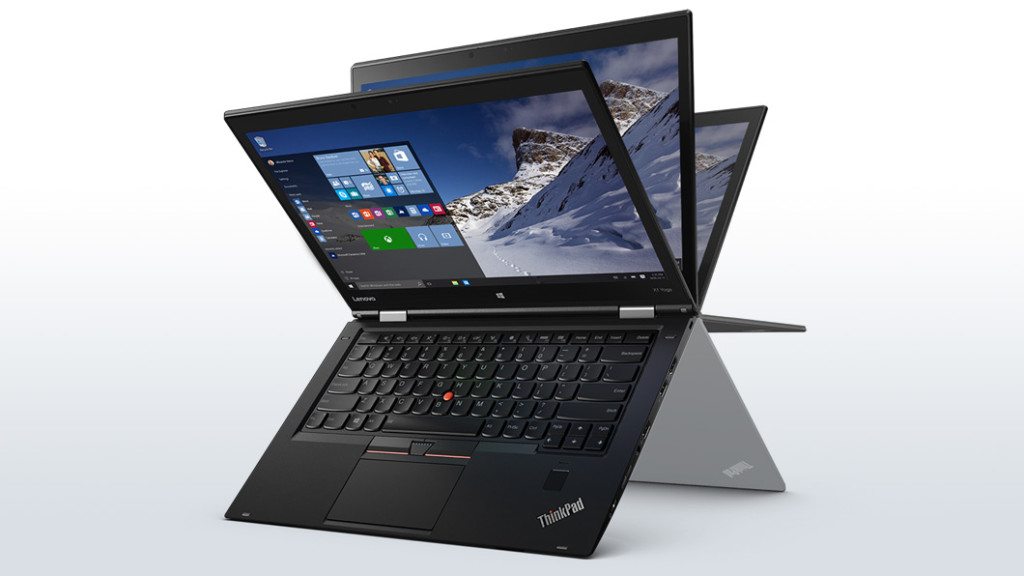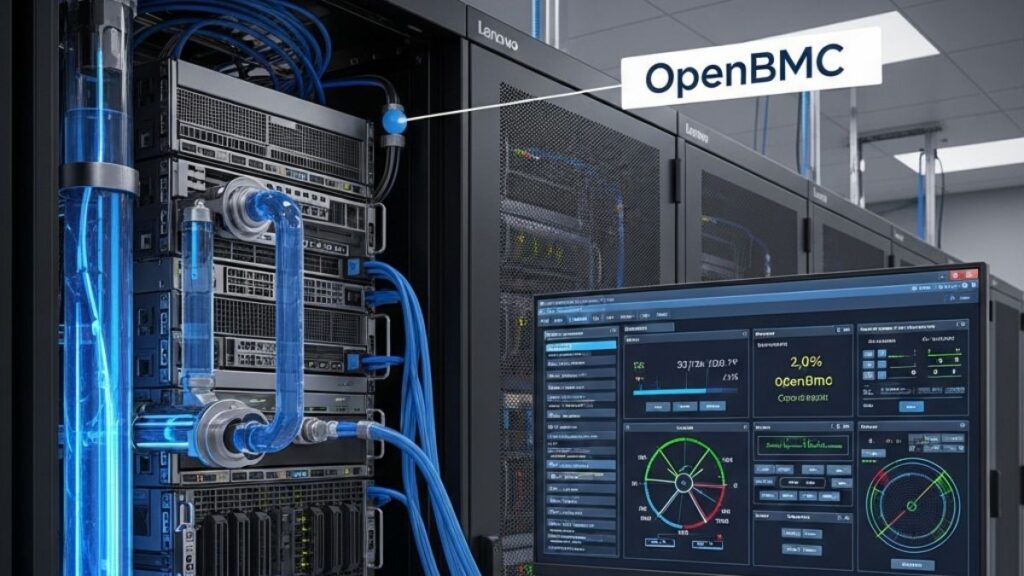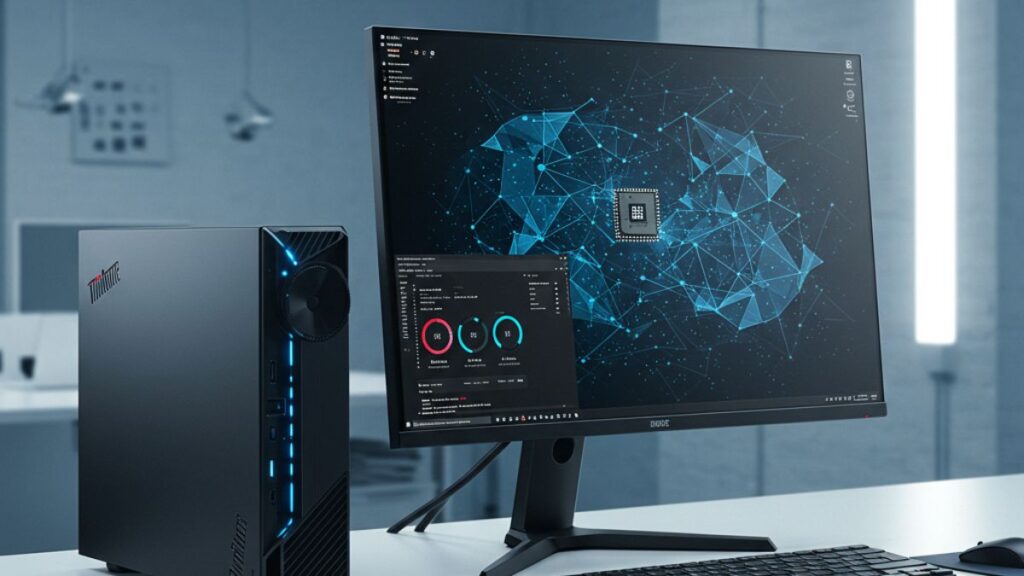We live on our computers and—to a certain extent—they are increasingly becoming extensions of us. Some of us build our own desktop computers which also become showcases of our skills and creativity. However laptops, which we take with us, likely reflect more on who we are and how we appear to others. In the premium class of business-focused products this year one laptop stands out because of its heritage, svelte design, and relatively unique display—the ThinkPad X1 Yoga with the OLED option.
I’ve been using one for about a week and these are my impressions.
Design
Given a laptop is defined by its keyboard and screen, virtually all are relatively rectangular and the X1 Yoga is no different. However, like the other X1 products before this one it is incredibly thin yet sports a full featured Intel i7 Processor for performance in the configuration I was sent. It is one of the few remaining laptops that has both a touchpad and a track point mouse replacement, and it has the lighted keyboard we’ve come to expect on a high-end laptop.
The ThinkPad is just as iconic as any Apple product and, as usual, you can have any color as long as that color is black. (Old Model T joke). But this black appearance tends to tell people you are there to work and that this isn’t a repurposed consumer PC.
Features
The lead feature on this configuration is the OLED display. Generally high end smartphones have more successfully moved to this technology than PCs. It tends to blend the benefits we got from plasma—the deep blacks and brilliant colors—with the advantages we have with LCD displays—which is tolerance for ambient light and faster refresh rates—into what is a stunning display.
The sad thing is I can’t actually show you what the display looks like because you’ll be limited by the display you are using. OLED displays are exceedingly rare in laptops but they are on some very high end TVs and smartphones. Check one of those out and then imagine that display on a laptop. This has 300 nits, a measure of light output, which is about 10 percent more powerful than the alternative LCD display—but it does take battery life down about 10 percent as well. You should be able to get up to 9 hours if the laptop is cranked down but you are more likely to see between 5 and 6 hours in a well lite room.
Granted the only time you’ll likely be able to show this off is sitting next to someone on the plane but it’ll make the screen on the laptop the other person is using look dull by comparison. This is a Yoga design product which means the screen folds back flat against the keyboard if you want to use this as a tablet. Most don’t use these that way but this does allow you to put the laptop it tent mode or to flip the screen around placing the keyboard face down on the plane table putting it in a better position to watch videos without stressing out over whether the person in front of you is going to recline and break the screen (never had that happen but I’ve had some close calls).
For a thin laptop this has a decent set of ports, 3 USB 3.0 ports (one that is always powered so you can use it to recharge your phone or tablet at night), SD memory slot, touchscreen support, mine had a 500 GB SSD drive, and a touch fingerprint scanner (similar in use to the iPhone and not the more typical swipe version most laptops use). This is a pretty robust box as well conforming to the MIL-STD-810G standard and the black carbon fiber hybrid case is relatively resistant to scratching and damage.
In Use
This is no gaming box as it lacks the powerful graphics capability you’d get in one but the result is a thinner, lighter laptop (around 3 lbs.), with decent battery life. The touch fingerprint sensor to log in with Windows Hello is a welcome change from either pin codes or the swipe sensors which are so difficult to get to work consistently. Because it is light and thin, it is fast into and out of a laptop backpack and the screen is marvelous for watching movies or looking at pictures. The extra brightness is appreciated if the person near the window on a plane doesn’t want to pull down the shade but it really doesn’t have much impact on general tasks like responding to email or writing documents.
As long as you stay away from high load games which most laptops struggle with, this isn’t a bad gaming box thanks to the display but a power gamer should look for something with more graphics capability. The keyboard reminds me why ThinkPads are preferred by many it just has a very nice solid feel to it and it is fast to type on. I tend to have issues with trackpads and cursor jump which is why I like the option of a touchpoint instead but, I expect, most won’t use it.
Overall the ThinkPad X1 is arguably one of the best notebooks for power users or executives, it holds up well, has decent power and battery life, and it has unique features like the fingerprint reader and OLED screen. While the X1 Yoga starts around $1.2K in US dollars the top configuration doesn’t come cheap as the fully loaded configuration I’m using costs close to $3K. If you don’t need the OLED screen, are willing to have a smaller drive, and a less powerful processor, you get 10 percent more battery life and a far more affordable price. I expect most will like something more towards the low end.
Wrapping Up
Some people can afford to have the best and for them the ThinkPad X1 Yoga OLED is a real temptation. It is cutting edge in places that count, is relatively robust, and a pleasure to use. It shows and travels well and it has a display to die for. It is relatively expensive but for folks that like the best but don’t want to stand out as overly ostentatious this could be the ideal box for you. Sometimes excellence has a price but the end result is still a good value. The ThinkPad X1 Yoga, for the person looking for exactly that, is an excellent option to check out.
- The Human Element: HP’s Latest Security Report and My Near-Miss with a Digital Predator - July 11, 2025
- The Mighty Mini: Why HP’s Z2 Mini G1a Workstation Is the Unsung Hero of AI Development - July 7, 2025
- The HP OmniBook X Flip 2-in-1 16-Inch: Your New Digital Swiss Army Knife (Now in Glorious Atmospheric Blue) - June 25, 2025




Comments are closed.